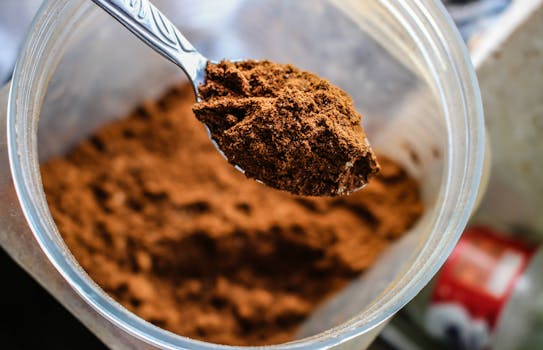Choosing the right foods and habits can lower your risk of developing high blood sugar and type 2 diabetes. A clear, sustainable diet to avoid diabetes focuses on steady blood glucose control, weight management, and nutrient-dense meals rather than short-term restrictions. Below are practical guidelines, food swaps, and lifestyle tips to help you reduce risk while enjoying varied, satisfying meals.
Diet to Prevent Diabetes: core principles
Preventing diabetes centers on balancing carbohydrates with fiber, protein, and healthy fats to slow glucose absorption. Aim for whole, minimally processed foods: vegetables, whole grains, legumes, lean proteins, nuts, and seeds. Regular meal timing and portion awareness help avoid big blood sugar swings. People with borderline diabetic results should work closely with a clinician or dietitian to tailor carbohydrate goals and monitor progress.
What to prioritize on your plate
Focus on foods that support glycemic control and reduce insulin resistance:
- Vegetables — non-starchy choices like leafy greens, broccoli, and peppers provide fiber and micronutrients with low impact on blood sugar.
- High-fiber whole grains — quinoa, barley, and steel-cut oats instead of refined white bread and pastries.
- Lean protein — poultry, fish, legumes, and moderate portions of dairy; protein helps blunt post-meal glucose spikes.
- Healthy fats — olive oil, avocados, nuts, and seeds improve satiety and metabolic health.
Foods to avoid and why
Reducing certain items lowers daily glycemic load and supports weight goals. Common foods to avoid include:
- Sugary drinks and fruit juices — rapid carbohydrate delivery that spikes blood sugar.
- Refined grains and sweets — white bread, pastries, and many snack foods lack fiber and elevate glucose quickly.
- Highly processed convenience meals — often high in added sugars, refined carbs, and unhealthy fats.
For people classified as borderline diabetic, limiting these items is especially important because even modest improvements in diet can reverse or delay progression.
Practical meal strategies and swaps
Simple changes make a big difference over time:
- Swap sugary cereal for plain Greek yogurt with berries and chopped nuts.
- Replace white rice with cauliflower rice or a smaller portion of brown rice mixed with vegetables.
- Choose whole fruit instead of fruit-flavored snacks or juice to gain fiber and reduce spikes.
- Include a serving of protein at each meal to help control appetite and glucose response; see a discussion of protein supplements like a guide to protein powder for diabetics if you’re considering shakes as a convenient option.
Portion control and timing
Even healthy foods can raise blood sugar if portions are oversized. Use smaller plates, measure carbohydrate portions (for example, a fist-sized serving of grains or starchy vegetables), and avoid grazing on high-carb snacks. Consistent meal timing—three balanced meals with planned snacks if needed—helps many people maintain steady glucose levels.
Lifestyle habits that amplify dietary benefits
Diet works best combined with other lifestyle measures. Regular physical activity increases insulin sensitivity, while sleep quality and stress management affect hormones that regulate appetite and glucose. Aim for at least 150 minutes per week of moderate activity and prioritize 7–9 hours of sleep where possible. If you have prediabetes or borderline diabetic lab results, monitoring and behavior change are proven effective steps; for authoritative information on preventing progression, review the CDC’s resources on prediabetes and prevention: CDC overview of prediabetes and prevention.
When to seek professional support
If you have elevated fasting glucose, A1C in the prediabetic range, a family history of diabetes, or metabolic syndrome, consult a healthcare professional. A registered dietitian can create a personalized meal plan that balances your tastes, cultural foods, and medical needs. For many people with borderline diabetic results, small, sustained changes guided by a clinician produce the best long-term outcomes.
Quick checklist
- Prioritize fiber-rich vegetables and whole grains.
- Include lean protein and healthy fats at meals.
- Limit sugary drinks, refined carbs, and processed snacks.
- Practice portion control and consistent meal timing.
- Combine diet with regular exercise, good sleep, and stress reduction.
FAQ
Q: Can small dietary changes really prevent diabetes?
A: Yes. Modest weight loss (5–7% of body weight), increased physical activity, and improved diet quality often lower the risk of developing type 2 diabetes, especially for people with borderline diabetic lab values.
Q: Are low-carb diets the only effective option?
A: No. Several dietary patterns can help prevent diabetes—low-carb, Mediterranean, and plant-forward diets all show benefits when they emphasize whole foods, fiber, and healthy fats. The best plan is sustainable and individualized.






